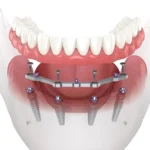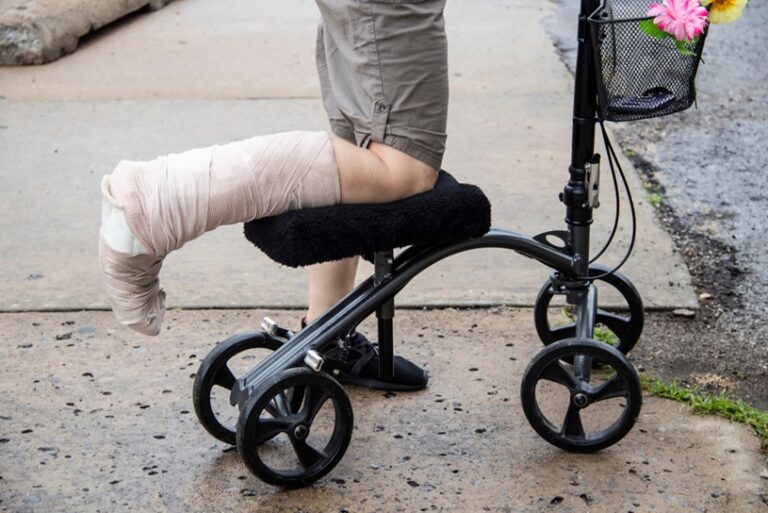
Synergies in Health: Physio and Osteopath Explained
Holistic healing approaches that consider the whole person are gaining popularity in healthcare. Two such complementary practices are physiotherapy and osteopathy. While they share some similarities, understanding their unique aspects and potential synergies can help individuals make informed decisions about their care.
Understanding Physiotherapy
Physiotherapy focuses on restoring and maintaining physical function, mobility, and overall well-being. Physiotherapists use evidence-based techniques to assess, diagnose, and treat a wide range of musculoskeletal, neurological, and cardiopulmonary conditions. Key aspects of physiotherapy include:
- Movement and function optimization
- Rehabilitation after injuries or surgeries
- Pain management through manual therapy and exercises
- Treatment of musculoskeletal conditions
- Sports injury prevention and rehabilitation
- Posture and ergonomics guidance
Physiotherapists often employ a combination of hands-on techniques, therapeutic exercises, and patient education to achieve optimal outcomes.
Exploring Osteopathy
Osteopathy is a holistic approach to healthcare that emphasizes the interconnectedness of the body’s systems. Osteopaths believe that the body has an innate ability to heal itself when its structure and function are in balance. Key principles of osteopathy include:
- Holistic view of the body as an interconnected system
- Focus on the relationship between structure and function
- Manual techniques to improve mobility and balance
- Osteopathic Manipulative Treatment (OMT) for musculoskeletal issues
- Addressing underlying structural issues for pain management
- Supporting the body’s natural healing processes
Osteopaths use gentle manipulation, stretching, and massage to enhance blood and nerve supply, relieve muscle tension, and promote overall well-being.
Synergies Between Physiotherapy and Osteopathy
While physiotherapy and osteopathy have distinct approaches, they can complement each other effectively in patient care. The synergies between these practices include:
- Comprehensive assessment: Combining the biomechanical focus of physiotherapy with the holistic perspective of osteopathy can provide a more complete understanding of a patient’s condition.
- Diverse treatment techniques: Integrating manual therapy techniques from both disciplines can offer patients a wider range of treatment options.
- Holistic pain management: The combination of physiotherapy’s targeted exercises and osteopathy’s whole-body approach can lead to more effective pain relief and management.
- Enhanced mobility and function: Both practices aim to improve mobility and function, with physiotherapy focusing on specific areas and osteopathy considering the entire body’s alignment.
- Preventive care: The integration of physiotherapy’s exercise-based approach with osteopathy’s emphasis on structural balance can create a robust preventive care strategy.
Integral Performance Physio and Osteopath
For those seeking a comprehensive approach to musculoskeletal health, Integral Performance Physio and Osteopath offers integrated physiotherapy and osteopathy services. Their team of skilled practitioners combines the strengths of both disciplines to provide personalized care tailored to each patient’s needs.
Conclusion
The synergy between physiotherapy and osteopathy offers patients a powerful combination of targeted, evidence-based treatments and holistic, whole-body care. By understanding the unique benefits of each approach and how they can work together, individuals can make informed decisions about their healthcare and potentially achieve better outcomes. As always, it’s essential to consult with qualified healthcare professionals to determine the most appropriate treatment plan for your specific needs.

















